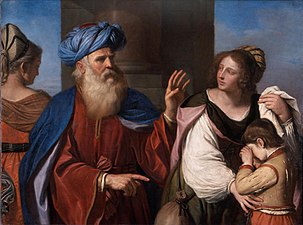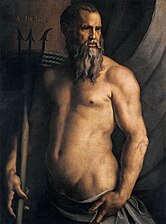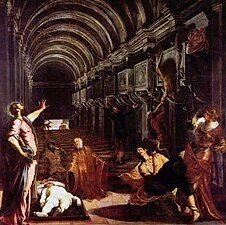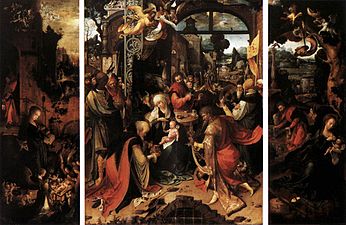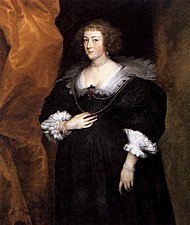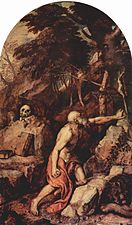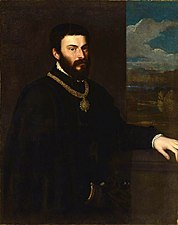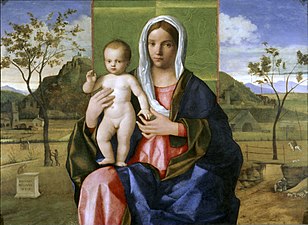
Jacopo Bellini was one of the founders of the Renaissance style of painting in Venice and northern Italy. His sons Gentile and Giovanni Bellini, and his son-in-law Andrea Mantegna, were also famous painters.

Andrea Mantegna was an Italian painter, a student of Roman archeology, and son-in-law of Jacopo Bellini.

Lorenzo Lotto was an Italian painter, draughtsman, and illustrator, traditionally placed in the Venetian school, though much of his career was spent in other north Italian cities. He painted mainly altarpieces, religious subjects and portraits. He was active during the High Renaissance and the first half of the Mannerist period, but his work maintained a generally similar High Renaissance style throughout his career, although his nervous and eccentric posings and distortions represented a transitional stage to the Florentine and Roman Mannerists.

The Gallerie dell'Accademia is a museum gallery of pre-19th-century art in Venice, northern Italy. It is housed in the Scuola della Carità on the south bank of the Grand Canal, within the sestiere of Dorsoduro. It was originally the gallery of the Accademia di Belle Arti di Venezia, the art academy of Venice, from which it became independent in 1879, and for which the Ponte dell'Accademia and the Accademia boat landing station for the vaporetto water bus are named. The two institutions remained in the same building until 2004, when the art school moved to the Ospedale degli Incurabili.

Giuseppe Bossi was an Italian painter, arts administrator and writer on art. He ranks among the foremost figures of Neoclassical culture in Lombardy, along with Ugo Foscolo, Giuseppe Parini, Andrea Appiani or Manzoni.
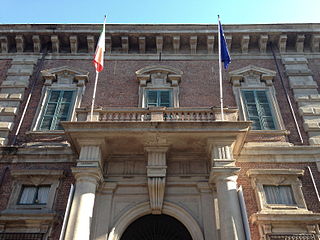
Palazzo Brera or Palazzo di Brera is a monumental palace in Milan, in Lombardy in northern Italy. It was a Jesuit college for two hundred years. It now houses several cultural institutions including the Accademia di Brera, the art academy of the city, and its gallery, the Pinacoteca di Brera; the Orto Botanico di Brera, a botanical garden; an observatory, the Osservatorio Astronomico di Brera; the Istituto Lombardo Accademia di Scienze e Lettere, a learned society; and an important library, the Biblioteca di Brera.

Palazzo dei Diamanti is a Renaissance palace located on Corso Ercole I d'Este 21 in Ferrara, region of Emilia Romagna, Italy. The main floor of the Palace houses the Pinacoteca Nazionale di Ferrara.

The Accademia di Belle Arti di Brera, also known as the Accademia di Brera or Brera Academy, is a state-run tertiary public academy of fine arts in Milan, Italy. It shares its history, and its main building, with the Pinacoteca di Brera, Milan's main public museum for art. In 2010 an agreement was signed to move the accademia to a former military barracks, the Caserma Magenta in via Mascheroni. In 2018 it was announced that Caserma Magenta was no longer a viable option, with the former railway yard in Via Farini now under consideration as a potential venue for the campus extension.

The Savoy Gallery is an art collection in the Italian city of Turin, which contains the royal art collections amassed by the House of Savoy over the centuries. It is located on Via XX Settembre, 86.
The decade of the 1460s in art involved some significant events.

Giuseppe Bertini (1825–1898) was an Italian painter, active in his native Milan.

The National Art Gallery of Bologna is a museum in Bologna, Italy. It is located in the former Saint Ignatius Jesuit novitiate of the city's University district, and inside the same building that houses the Academy of Fine Arts. The museum offers a wide collection of Emilian paintings from the 13th to the 18th century and other fundamental works by artists who were in some way related to the city.

The Pinacoteca del Castello Sforzesco is an art gallery in the museum complex of the Castello Sforzesco in Milan, northern Italy.

Cherubino Cornienti was an Italian painter, active in a Romantic style mainly in Northern Italy.

Pietà or The Dead Christ Supported by the Virgin Mary and St John the Evangelist is a c. 1465–1470 tempera-on-panel painting by the Italian Renaissance artist Giovanni Bellini, now in the Pinacoteca di Brera in Milan.

The Greek Madonna is a 1460–1470 tempera-on-panel painting by the Italian Renaissance artist Giovanni Bellini. It is named after the Greek monograms at top left and top right and after the major influence of Byzantine icons on the painting. The Christ Child holds a golden apple, perhaps referring to the Judgement of Paris and to Mary as the "new Venus".

The Musei Civici di Padova or degli Eremitani is a complex of museums and historic sites, centered on the former convent of the Eremitani, and its famous Cappella degli Scrovegni with its Giotto fresco masterpieces. The complex is located on Piazza Eremitani, at the edge of the historic center of Padua, region of Veneto, Italy. The complex includes halls of archaeological objects and – in the nearby Palazzo Zuckermann – a museum of modern and medieval applied art.

Self-Portrait Aged 71 is an 1862 oil-on-canvas painting by the Italian artist Francesco Hayez. The Uffizi had been requesting a self-portrait from him since 1858 via Andrea Appiani's daughter-in-law Giuseppina Appiani Strigelli and it finally arrived in 1863. It is still in the Uffizi's Vasari Corridor.











